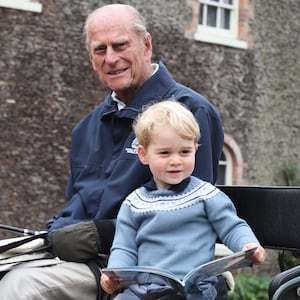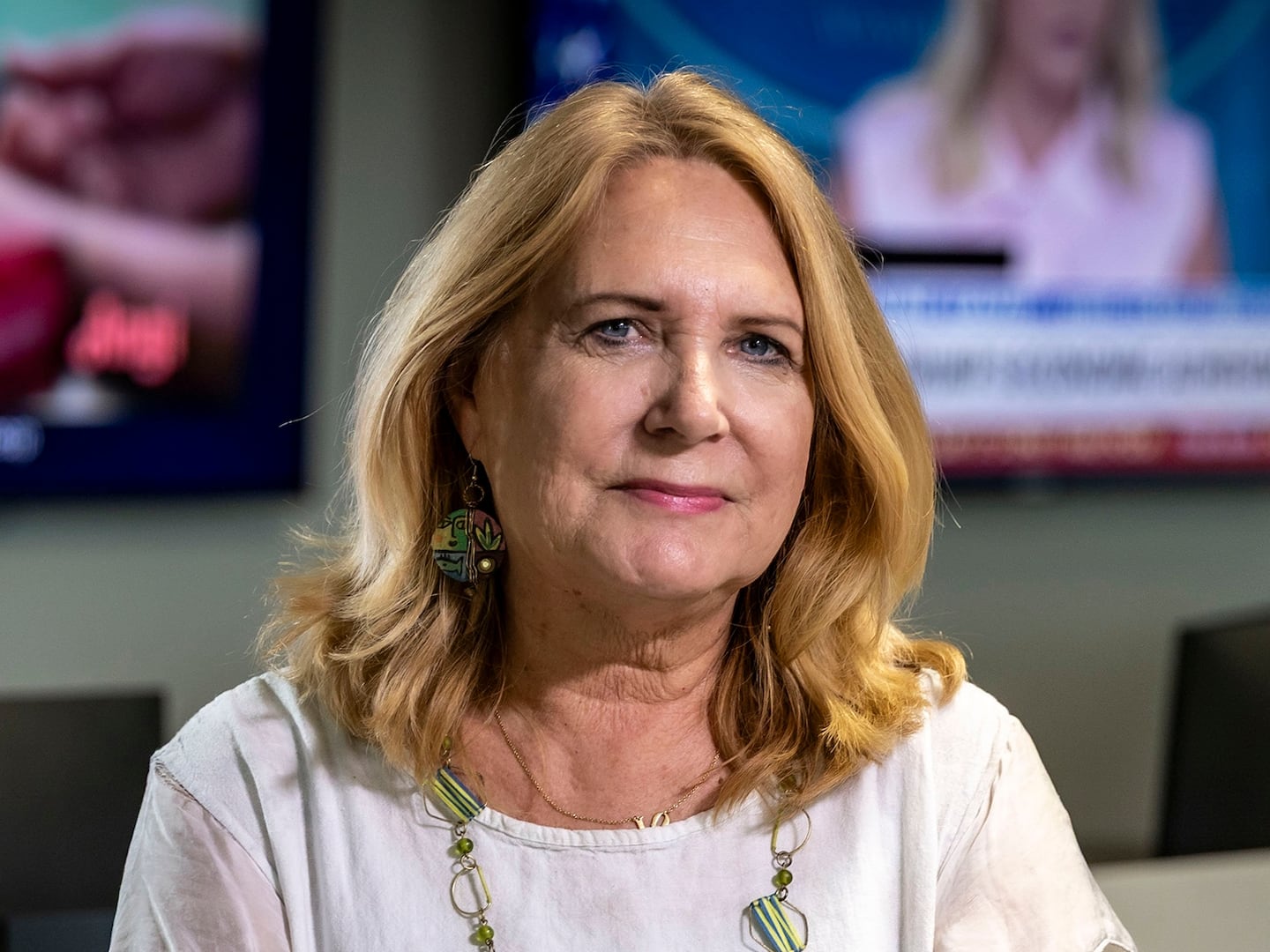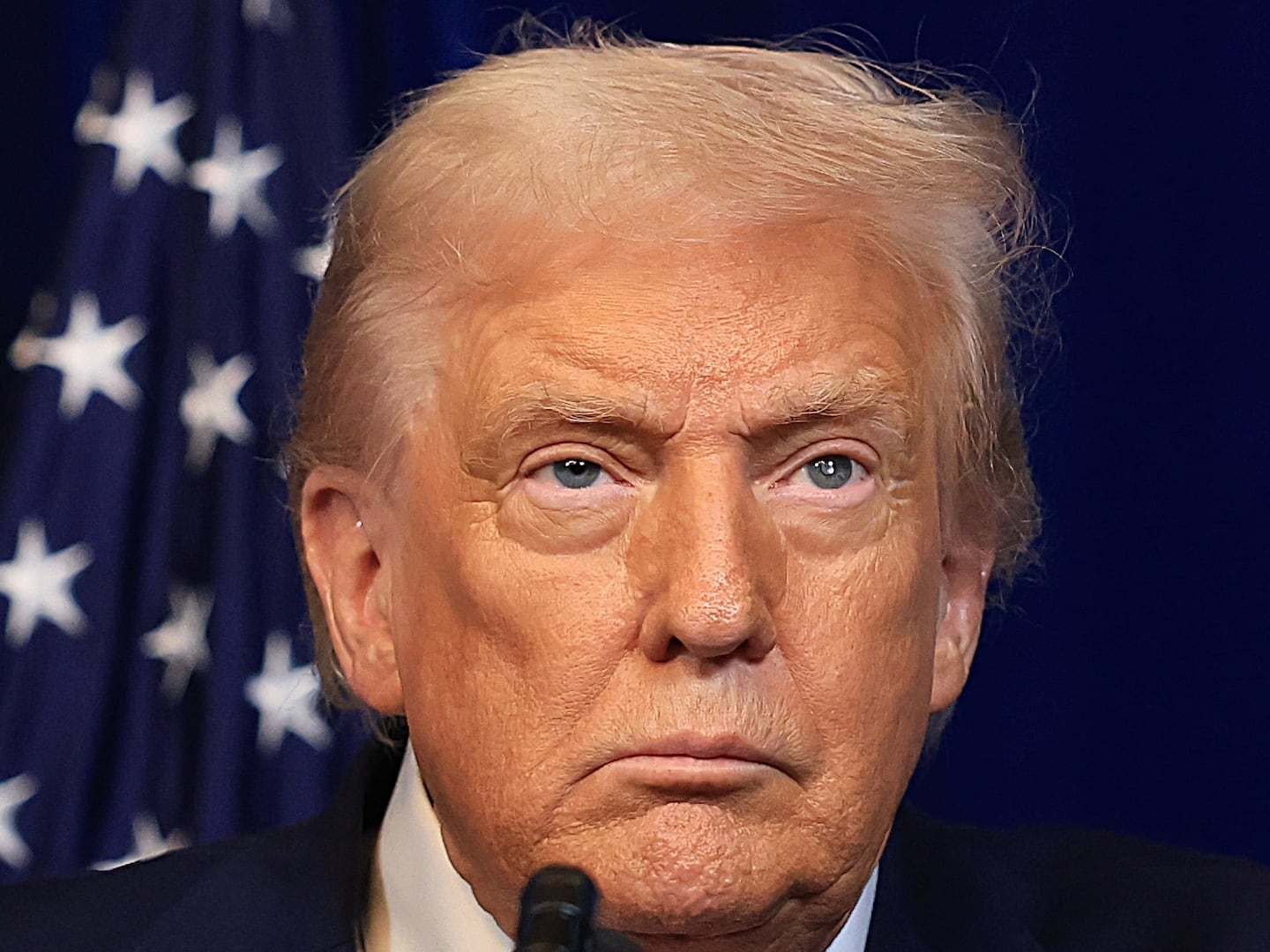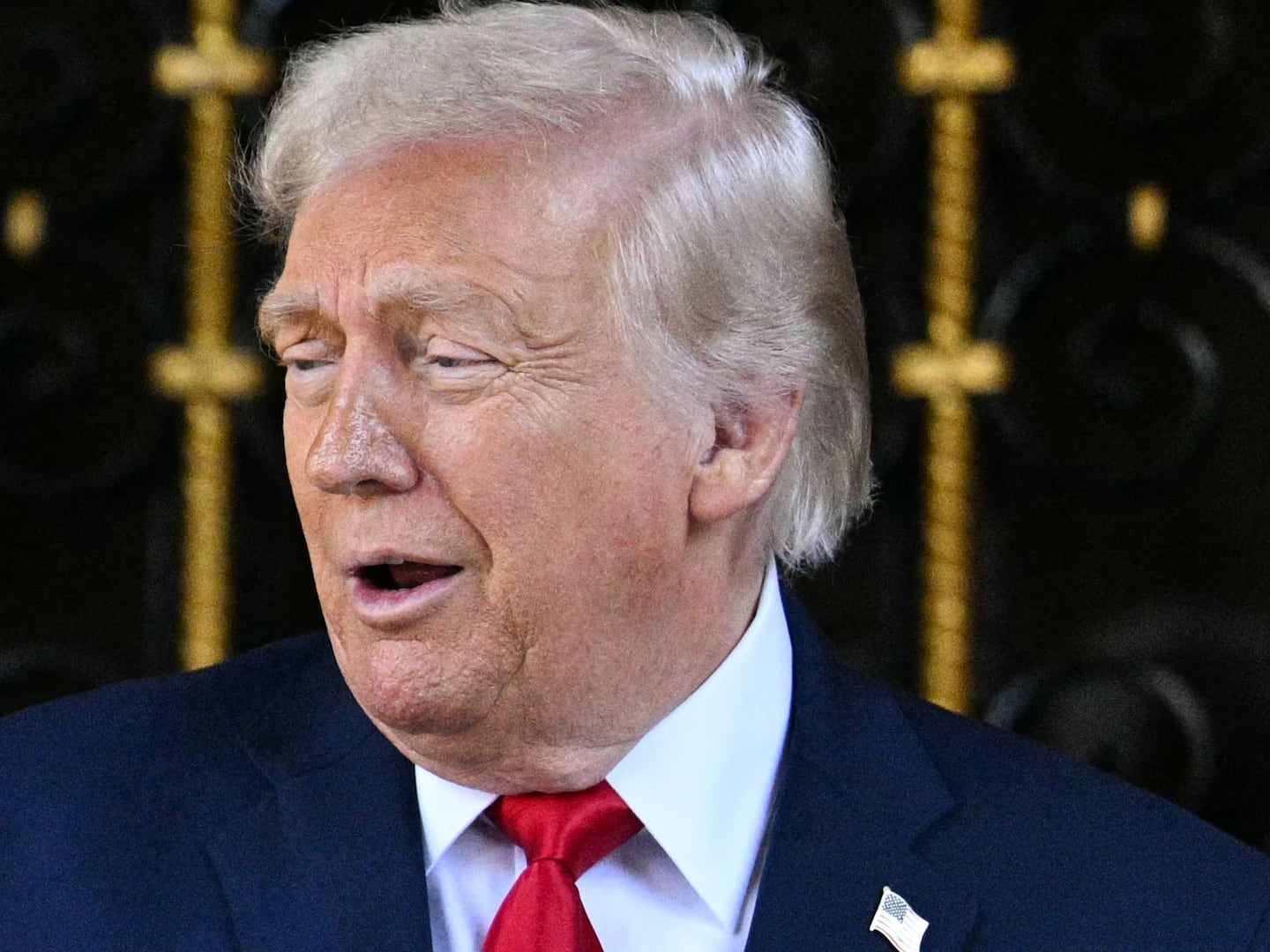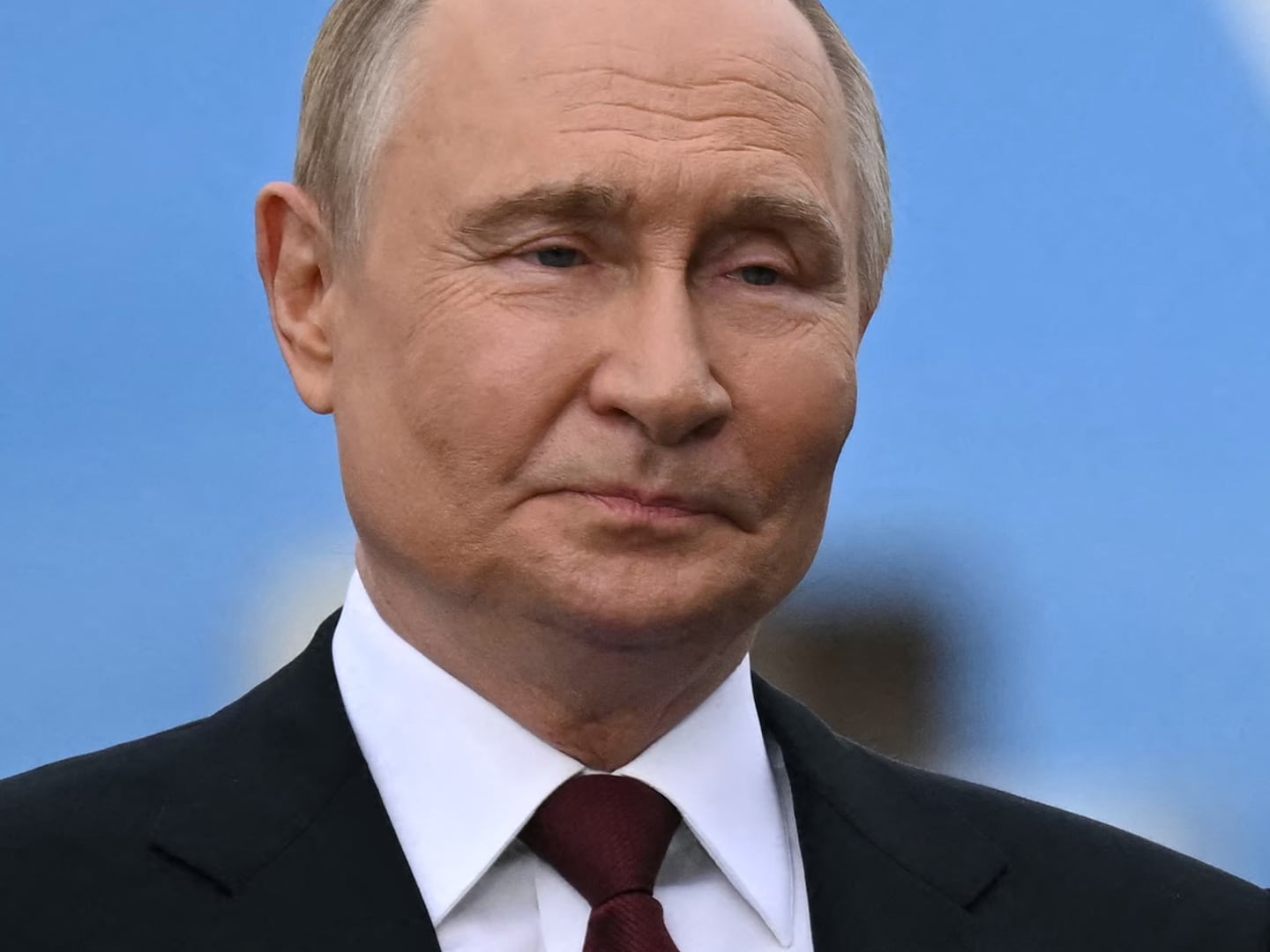As in life, so in death.
It turns out that Prince Philip now remains as subject to the royal family’s ideas of his secondary place in their hierarchy as he was when alive.
He will have to wait until Queen Elizabeth dies before it is permissible for him to have a final resting place alongside her. Until then, as the Daily Telegraph has reported, Philip will be parked among 24 other corpses in the Royal Vault, a gloomy and cavernous burial chamber beneath St. George’s Chapel within Windsor Castle.
The vault, excavated between 1804 and 1810, was the idea of George III (he who “lost” America), who decided that there would be too many Hanoverian family and relatives to be buried in the storied chapel—his own wife and daughter, both named Charlotte, ended up in there, along with other more obscure blue bloods from the sprawling Anglo-German dynastic tree. George himself was buried in Westminster Abbey in 1820.
When the queen dies Philip will be moved to lie alongside her in a small memorial chapel (above ground) added to St. George’s Chapel in 1969, named for the queen’s father, George VI.
This ritual reflects not only the queen’s own strict sense of what is right but her father’s own tight view of the core royal family. In a letter to Elizabeth during her long courtship with Philip, George VI referred to “our family, us four, the royal family.”
And so, in a way, Philip’s final short journey will be a belated gesture that he will have finally earned his place in the inner sanctum as an equal, alongside George VI, Elizabeth the Queen Mother, Elizabeth II and her sister, Princess Margaret.
Of course, normal couples who plan to end up being buried alongside each other don’t do this: there is no tradition of the first to die having to wait for the spouse to die before ending up in the same plot.
And the strange thing is that, for a family claiming to be sticklers for protocol and precedent, this decision by the Windsors flies in the face of the closest precedent.
When Albert, Queen Victoria’s Prince Consort, died in 1861, he did not have to wait for the 40 years before she died to rest in the same place.
Victoria ordered a grandiose mausoleum to be built to house both of them on the Frogmore estate in Windsor Home Park (near Frogmore Cottage that was briefly the home of Harry and Meghan before their jailbreak, and where Harry has now returned to, pre-Philip’s funeral).
As soon as the mausoleum—more like a pantheon with a 70-foot high dome—was completed in 1871, Albert was moved there from a temporary place near the door of the Royal Vault. (The effigy of Victoria that lies atop the tomb with that of Albert was carved at the time of his death, so she is preserved in the prime of her years rather than as the rotund and rebarbative empress depicted on the many surviving statues of her around the world.)
Albert’s early death at the age of 41 left Victoria inconsolable. The mausoleum was purposely sited to be in view of the windows of her apartments in Windsor Castle where she would often stand looking across the park with a broken heart. He was forever her lodestar.
Philip has certainly not left a mark on British life that is anything like as consequential as Albert achieved in his short life. Albert, way ahead of the politicians of his day, understood and promoted the link between science and progress. He had a galvanic effect on British industry by creating the 1851 Great Exhibition, showcasing innovations that powered the growth of the nation and Victoria’s vast world empire.
Because of Albert, the monarchy began to be seen differently by the public—as a catalyst of change. As Stanley Weintraub, author of the best biography of Albert, Uncrowned King, says, “The Prince’s vision for a modern monarchy died with him.”
Without Albert, Victoria withdrew into a private world of perpetual mourning and grief. It had been a perfect love match. As revealed later in correspondence between her and Albert, they were vigorous lovers, producing nine children in 21 years of marriage.
Weintraub notes that none of Victoria’s descendants have chosen to use Albert’s name in their public titles, although some were christened with it, including the queen’s father. There’s still a lingering feeling that it might send a message that is too progressive.
Philip’s experience was very different. From the moment in 1952 when he began his life in Buckingham Palace as the queen’s consort the courtiers made it clear to him that his place would always be secondary to hers.
His allotted station was made very public at the coronation in 1953. He knelt humbly before his wife as she sat on the throne in Westminster Abbey and pledged that he would thenceforth serve as her “liege man of life and limb.”
Philip, for sure, was not a natural for the part. For years he chafed at being second fiddle, following a daily roster of his duties assigned by flunkeys. He conspicuously rebelled against this confinement in 1957 when he took a four-month world trip on the royal yacht with a ribald naval crew, being away from the queen for his ninth wedding anniversary and the traditional family Christmas at their Sandringham estate.
That was probably the lowest point of the marriage. Thereafter Philip slowly came to accept his role and ultimately became, in the queen’s words, her “strength and stay.”
Nonetheless, in death he remains the one who now has to wait.


